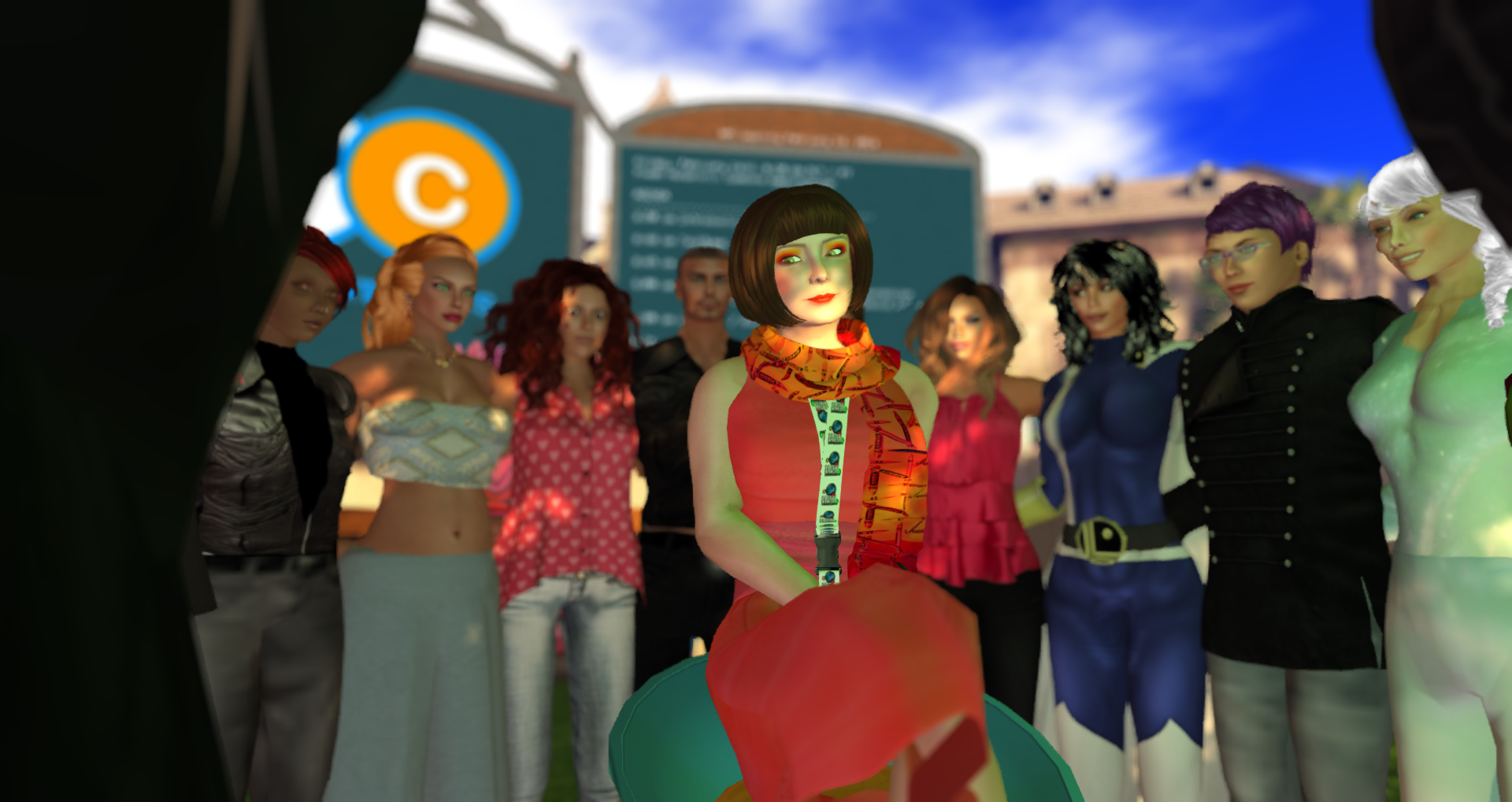
article by Alexandra Bezdikian, Online Community Coordinator, TechSoup Global
It’s no surprise that the use of virtual worlds in industries like health care delivery and education are on the rise. Prominent institutions like Harvard, Yale, Princeton, the National Institutes of Health, and the Mayo Clinic have long entered the virtual arena and are increasingly looking for ways to innovate in virtual spaces.
In fact, Mayo Clinic’s mission to “inspire hope and contribute to health and well-being by providing the best care to every patient through integrated clinical practice, education and research” is echoed by providing facilities and services in Second Life.
Brian Kaihoi (Svea Morane in Second Life), recently visited the Nonprofit Commons to report on Mayo Clinic’s virtual world activities in the areas of patient care, research, education and administrative services. Brian has been with Mayo Clinic for 35 years as a member of the consulting staff. Most recently, Brian is the Mayo Foundation Web Administrator and Second Life advocate. Below are excerpts from his presentation on September 14.
Svea Morane: Innovation is a core principle at Mayo Clinic, in the science of healthcare, the delivery of treatment, and improving health and well-being. The fact that innovation is so central to our culture has made it easier to bring virtual worlds to our organization. I will still get some snickers about “virtual worlds” here at Mayo, but no outright rejection. We have had a lot of crazy ideas that worked over time, so you get a little latitude in talking with folks. Other organizations may not have that advantage.
When did Mayo Clinic’s involvement in Second Life start?
Svea Morane: While individual Mayo Clinic staff have been personally involved in Second Life and other grids for several years, our official involvement, where we started to spend money, was in May 2009. We started with a couple people who had passion for it and promoted the idea internally. As the project has gained momentum, our presence has grown.
What has been the biggest challenge, or key success factors in bringing Second Life into the Mayo fold?
Svea Morane: The biggest challenges are surprisingly “cultural” not even “technical.” You have to encourage the adoption of Virtual Worlds through engagement with all parts of the organization.
Svea Morane: Some necessary success factors would be to stay persistent, work through existing relationships, help others get done what they want done, give lots of your own personal time, and finally, think like an entrepreneur.
Svea Morane: Internally, bringing Second Life to Mayo Clinic has been the result of lots of meetings, demonstrations, talking with colleagues, and picking good projects in visible areas. We have worked on projects in all parts of the organization.
How has Second Life enhanced your programs?
Svea Morane: Our initial work in Second Life has focused on experiments that support our core services in clinical care, education, research and administrative activities.
Svea Morane: Using SL for education has been an easy step for our folks to make, and has been working very well. Many groups in SL do this already. We have sessions that are private, public and some that require registration fees.
Svea Morane: Presentations from our physicians are popular, and exciting for our staff to present. We have good success in having our physicians interact with colleagues in other countries without having to allow for all the travel time.
What’s in store for future innovation in Second Life?
Svea Morane: We are currently running experiments using SL for real patient care, but these are not in routine practice yet. This is the area of activity that has the greatest potential for Mayo Clinic, and where we will be pushing the hardest.
Svea Morane: Other projects being developed include a virtual world international hospice, which would educate about hospice services as well as foster therapeutic interactions. We are also including “wellness activities” including preparing meals to eat together, and cognitive impairment therapy for traumatic brain injury.
Svea Morane: The success we have had in using Second Life to help our patients and support our organization’s goals is directly related to the relationships we have established in our physical world, and in this virtual world. It cannot be over-stressed how important it has been to collaborate and help others see the vision.
Svea Morane: The last point to make about our work in SL is the tremendous benefit of collaboration, and the willingness we have here to do that. There are great people with fabulous skills and a willingness to share for the greater good. We are deeply indebted to folks like Gentle Heron at Virtual Ability, Dave Taylor at the Imperial College, Panacea Luminos from New York Healthscape, Coughran Mayo with Preferred Family Health, and organizations that have have shown us ways to work.
originally published: http://forums.techsoup.org/cs/community/b/tsblog/archive/2012/10/02/welcome-back-mayo-clinic-sept-2012.aspx
Written by: Rhiannon Chatnoir

